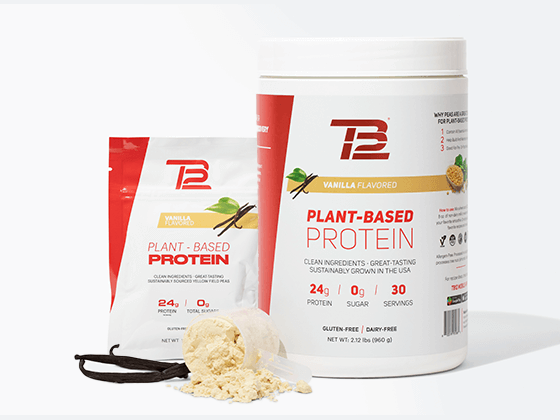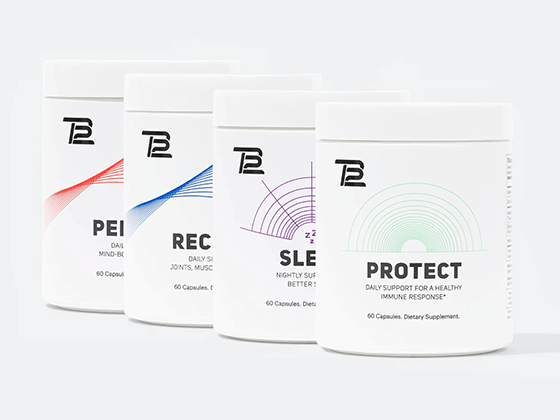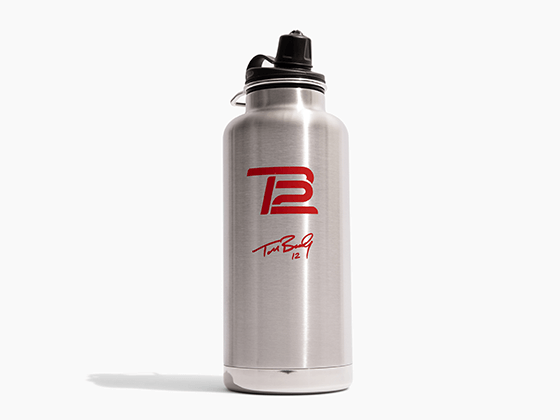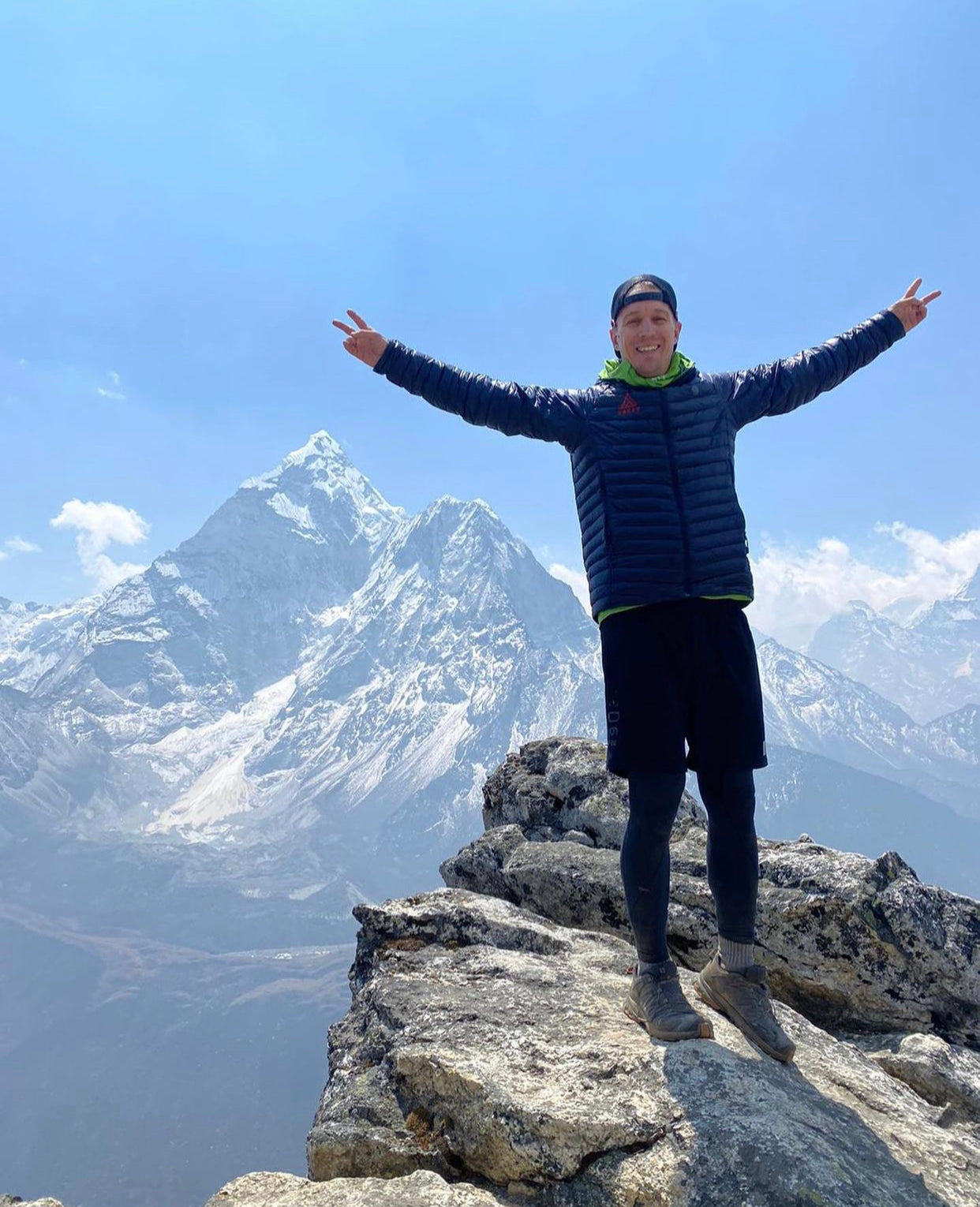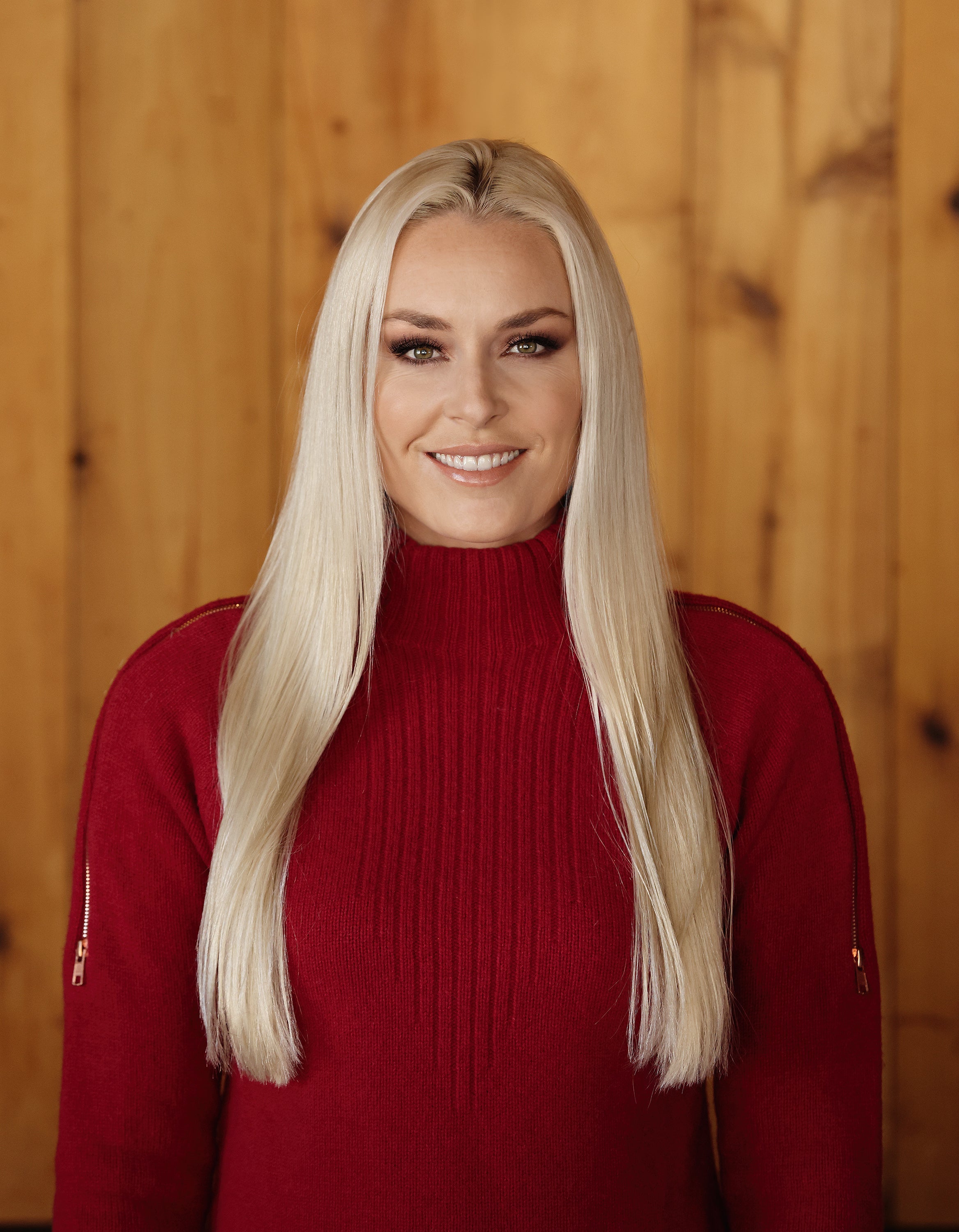If you were to ask a number of amateur golfers what they think separates them from a PGA professional, you’d probably get similar answers: driving the ball far, consistent mechanics, swing speed, and shot shaping – among other things, What most people don’t realize, though, is that hip mobility is one key area that the top golfers in the world excel at that the rest of us don’t – and it’s low hanging fruit.
The golf swing requires a wide range of functional mobility, especially if you’re looking to execute a full and controlled swing with the power needed to drive the golf ball as far as you’re capable. The importance of spinal mobility in the golf swing is obvious – it’s what enables us to fluidly execute both a backswing and a follow-through – but hip mobility is too often overlooked by amateur golfers. We’re here to change that.
It’s widely known that the hips need to rotate in and out during the golf swing, but that isn’t the only role that they play in the golf swing. The ability to tilt the pelvis front to back is critical for golfers of all ages who are looking to increase their mobility and play golf pain-free. We often work with golfers who are unable to achieve this posterior rotation of the pelvis in the downswing, and it often comes as a result of simple imbalances like increased tightness in the hip flexors and lower back, decreased core strength, decreased glute activation, a combination of those factors, or other movement compensations you have developed over the years.
Inefficient hip mobility like will often lead to decreased hip drive and power, increased stress on the lower back, and common swing dysfunctions such as early extension or general loss of posture – all of which can drastically affect shot power and consistency. The following exercises can help address and improve both your hip mobility and stability:
01 Pelvic Tilts and Rotations at Address
Goal: To improve mobility of the hips.
Pelvic Tilts: Pretend your waistline is a bucket of water, while standing at address, tilt the bucket forward and backwards without dropping the chest or excessively bending the knees.
Tip: Does that feel “sticky”? Try a modified version with your hands on the wall or down on all fours.
Pelvic Rotations: At address, cross your arms across your chest, without moving your upper body or shifting your hips side to side, alternate rotating your lead hip backwards then your trail hip backwards.
Tip: Stand with your trail hip touching a couch, when you rotate, your hip should not come in contact with the couch. This will help prevent sway in your backswing.
02 Hip Rotation Medicine Ball Side Throw
Goal: Creating Ground Force Production and Rotational Power.
Throw the ball underhand from your trail hip toward the wall, rotating your trail hip toward the wall. Catch the ball off of the wall and repeat this motion continuously. Repeat this motion on your other side.
Tip: Let your hips and core do the work, squeeze the trail leg glute and power the ball through hip rotation.
03 Single Leg Balance with Core Halo
Goal: Improving Balance. Upper & lower body dissociation.
Move your hands from overhead to one shoulder, then back overhead and over to your other shoulder. Return your hands overhead and repeat this motion continuously. Switch legs and complete the same motion. Make sure you’re moving with control throughout.
Tip: Find a fixed point with your eyes and focus like you would on the ball.

